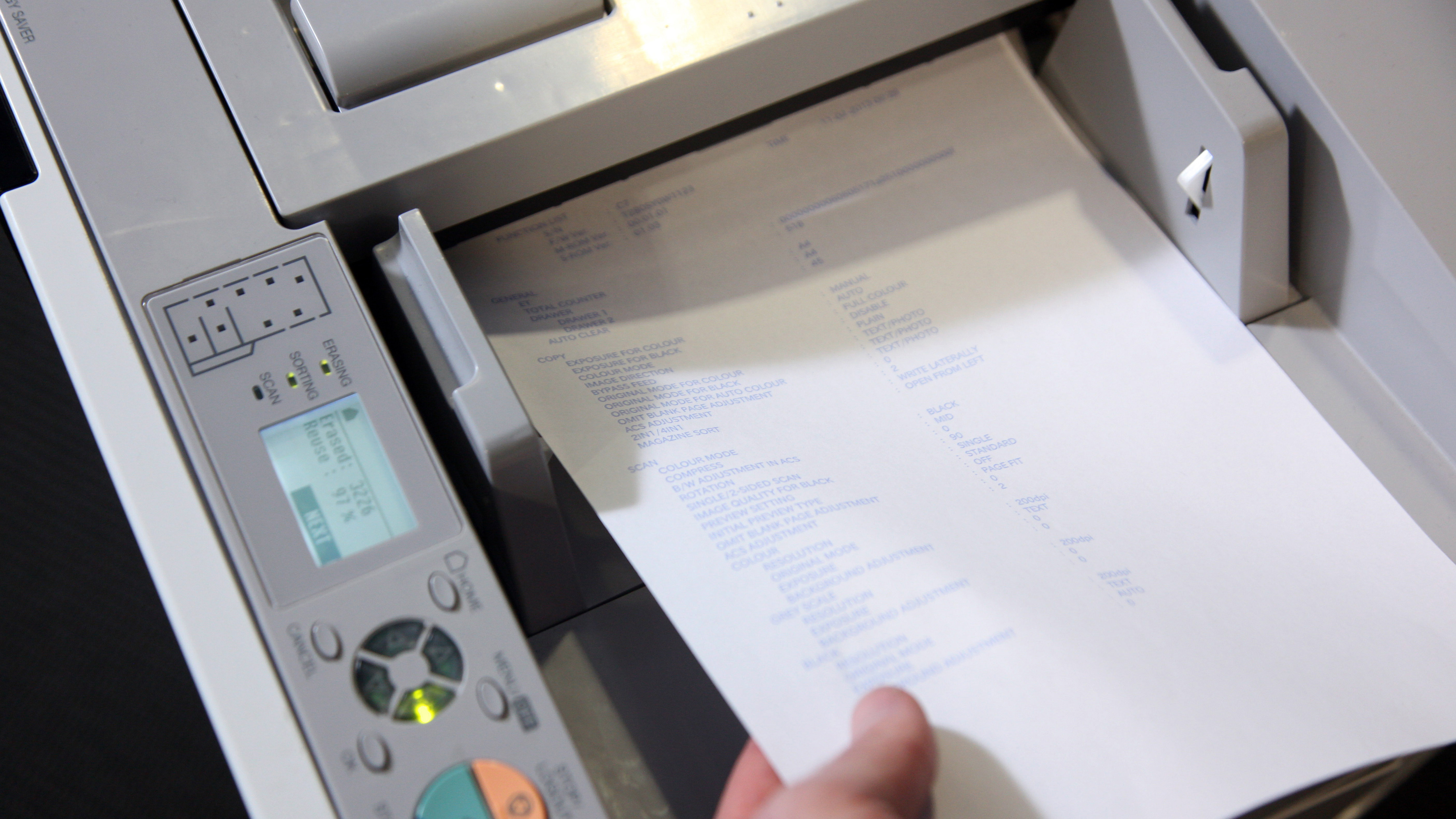How creating a paper-light office can make big business savings
Cutting down on waste

Even in an age of digital technologies that allow any documents to be displayed on screen, paper continues to be consumed in massive quantities.
According to Xerox the average working office will use 10,000 sheets of paper a year, with 45 per cent of those sheets thrown away within 24 hours. And according to Gartner, paper consumption within the enterprise is growing at 25 per cent a year.
Focusing on UK, paper wastage across the business community is massive. According to research carried out by WRAP 45 sheets of paper are used per day by the average office worker, with half of these discarded. PricewaterhouseCoopers (PwC) also identifies what it called the 'soft' cost of paper where 11 per cent of printed documents are lost by businesses.
However, PwC also calculates that if businesses could remove paper from their operations, they could improve business productivity by as much as 30 per cent.
Paper reliance remains
Fujitsu in its white paper on document management states: "Paper has always been a major part of our lives, personally and professionally. Organizations rely on paper for historical reference, legal discovery, proof of business activities and to demonstrate compliance with regulations and guidelines.
"Many mission-critical business processes are initiated by paper or still rely on paper. Despite predictions of the paperless office, many organizations remain buried in copies of paper documents."
Says Christian Toon, head of information risk at information management firm, Iron Mountain: "As letters become emails, notes become text messages, reports are read on tablets and presentations are conducted over video link with PowerPoint slides rather than hand-outs, it is easy to think that paper now only plays a bit part in our working lives.
Are you a pro? Subscribe to our newsletter
Sign up to the TechRadar Pro newsletter to get all the top news, opinion, features and guidance your business needs to succeed!
"But the reality is that we still rely on paper for a high proportion of our information sharing. Much of our paper use is simply ingrained in our culture – we are used to receiving some documents by post, for example. Our paper habits are hard to shake."
Changing the pattern
The question then is why has the use of paper persisted? And how can business owners reduce their reliance on this resource?
The first question all small business owners should ask is why their businesses are using so much paper. The reasons can be manifold, but often revolve around out dated business practices, or an inability to manage documents digitally.
Moving from a paper-based business to one that embraces more digital document management can offer a return on the investment within four months across a 10 person business according to calculations made by AIIM (Association for Information and Image Management).
Andrew Hall, marketing manager, OKI also said: "Ultimately it all comes down to putting the right policies in place within organisations. In our survey only 27 per cent of respondents said that their company had such a policy in place that was being actively enforced – so there is clearly work to be done here.
Savings to be made
We're not suggesting that companies suddenly enforce draconian laws to stop workers printing what they need to. However, gaining control and adopting some straightforward measures, organisations can cut their printing costs by up to 30 per cent."
For some industries paper has been essential. Instances where signatures are required is one area frequent;y pointed to. But the reality is that the law has allowed digital signatures to be legally binding for several years. Systems such as Adobe's EchoSign make collecting digital signatures child's play.
If paper can't be eradicated completely from your business, reducing the quantity certainly can. Follow these steps to create a 'paper light' culture in your enterprise:
• Complete a paper audit
Before your business can reduce its paper usage, understanding how paper is being used is vital.